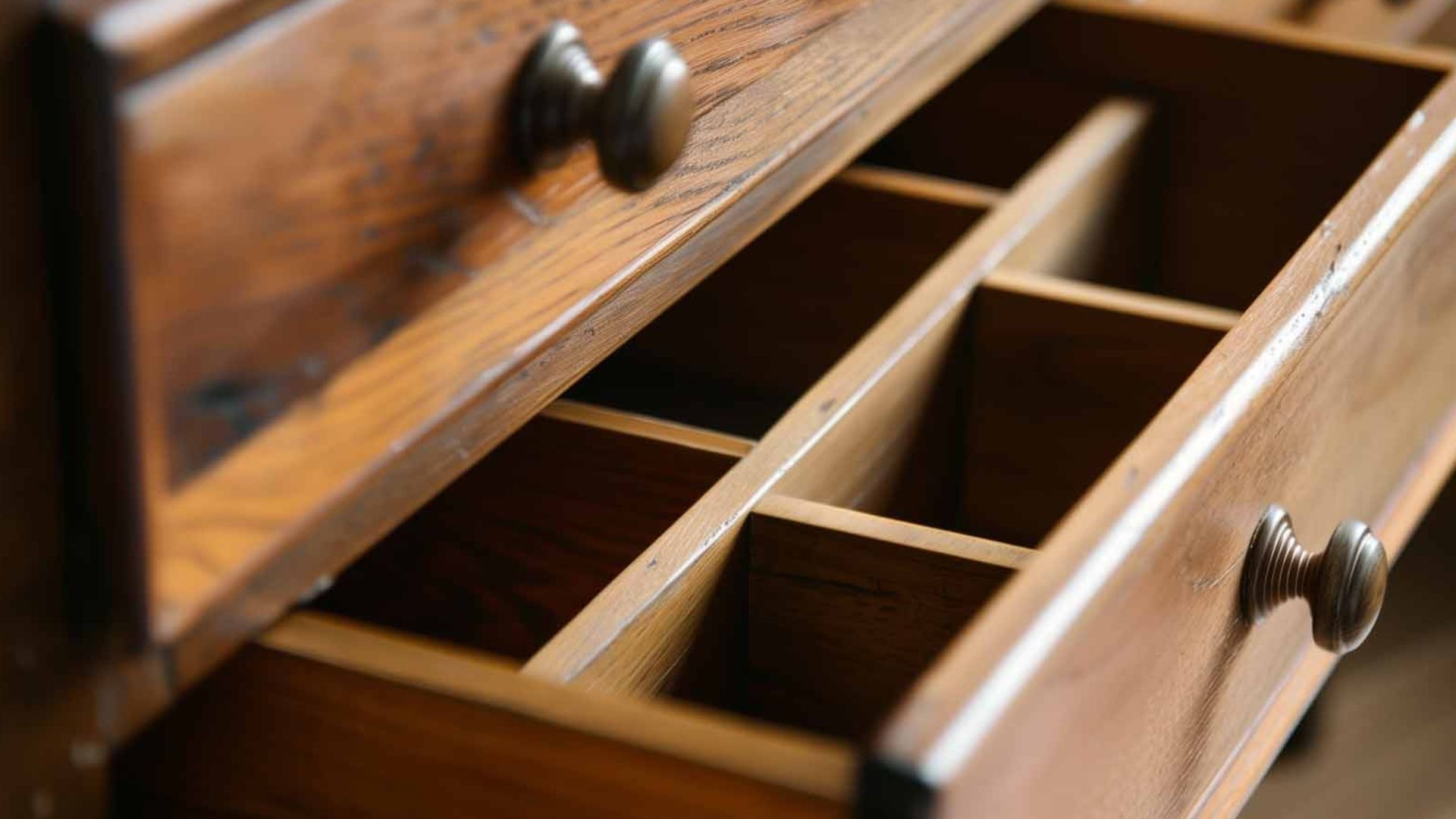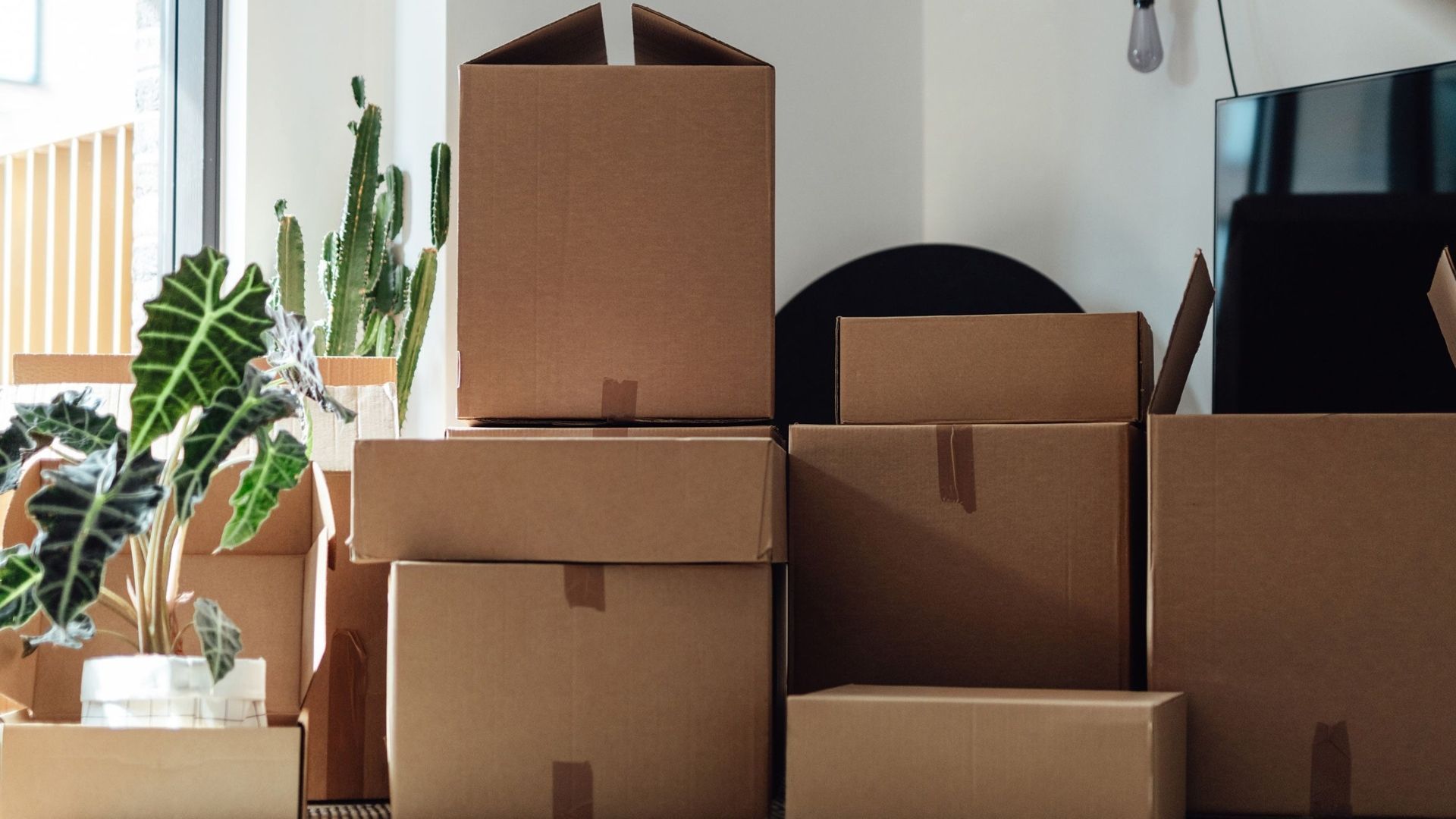How to Safely Remove Old Carpet?
You can safely remove old carpet yourself! With the right tools and safety gear, most people can pull up carpet in under a day. This guide will walk you through each step, from getting ready to cleanup, so you can save money and get your home ready for new flooring.
This complete guide covers everything you need to know about removing carpet safely. You'll learn what tools to use, how to stay safe, and the best ways to dispose of old carpet. We'll also show you how to check your subfloor and prepare for new flooring.
Why Remove Carpet Yourself?
Taking out old carpet yourself can save you hundreds of dollars. Professional carpet removal costs between $1 and $5 per square foot, with most homeowners spending around $280 for an average room. For a 300 square foot room, that's $300-1,500 you can keep in your pocket!
Here are the main reasons to do it yourself:
- Save money - Keep removal costs for your next home improvement project
- Get it done faster - No need to wait for installer schedules
- Check your subfloor - Spot problems before new flooring goes down
- Feel accomplished - DIY projects give you a sense of pride
Plus, carpet removal is one of the easier home projects. You don't need special skills, just basic tools and some muscle power.
Essential Safety Equipment You Need
Safety comes first when removing carpet. Old carpet can hide sharp objects, dust, and allergens that can hurt you. Here's what you need to protect yourself:
Must-Have Safety Gear
Heavy-duty work gloves protect your hands from sharp tack strips and carpet edges. The underside of carpet is rough and can cut your skin easily.
Safety glasses keep dust and debris out of your eyes. When you pull up carpet, lots of particles fly around.
Dust mask stops you from breathing in allergens, mold spores, and dust. This is super important if you have allergies or breathing problems. According to the EPA, old carpets can harbor dust mites, pet dander, and other allergens that affect indoor air quality.
Knee pads save your knees from pain. You'll spend lots of time on the floor, and concrete subfloors are hard on your knees.
Why Each Piece Matters
Wearing a dust mask can prevent you from inhaling particles released into the air as you pull up the carpet. Old carpet can hold years of dust, pet dander, and other stuff you don't want in your lungs.
Work gloves are extra important because tack strips are very sharp and can easily cut your hands. The Occupational Safety and Health Administration (OSHA) recommends using personal protective equipment to prevent workplace injuries, and the same principles apply to home projects.
Tools You'll Need for Carpet Removal
Getting the right tools makes the job much easier and safer. Here's what works best:
Cutting Tools
Utility knife with extra blades is your main cutting tool. Get one with a comfortable grip and stock up on sharp blades. Dull blades make cutting harder and more dangerous.
Carpet cutter or heavy-duty scissors can help with thick carpet. Some carpets are too tough for a regular utility knife.
Removal Tools
Needle-nose pliers help you grab and pull carpet corners. They're also great for removing stubborn staples.
Pry bar gets tack strips off the floor. Choose one with a long handle for better leverage.
Hammer works with the pry bar to remove tack strips. A heavier hammer means less work for you.
Floor scraper removes leftover staples and padding stuck to the floor.
Other Helpful Items
Heavy-duty trash bags or contractor bags hold the rolled-up carpet pieces. Regular trash bags might tear.
Duct tape keeps carpet rolls tight and easier to carry.
Vacuum cleaner cleans up dust and debris as you work.
Step-by-Step Carpet Removal Process
Now let's walk through removing your carpet safely, step by step.
Step 1: Prepare Your Room
Clear everything out of the room. Move all furniture to another area. This gives you space to work and protects your stuff from dust.
Take off any doors that swing into the room. This includes closet doors and bathroom doors. You'll need the extra space to roll up carpet.
Vacuum the carpet one last time. This cuts down on dust when you start pulling it up.
Step 2: Start in a Corner
Pick any corner of the room. Use pliers to grip the carpet and pull it up from the tack strip. The tack strip is the thin wood strip with sharp tacks that holds carpet in place.
If the carpet won't come up easily, use a utility knife to cut a 6-inch square in the corner. Remove this piece and pull up the carpet from this starting point.
Step 3: Cut Carpet Into Strips
Don't try to remove the whole carpet at once. It's too heavy and hard to handle. Instead, use a utility knife to slice the carpet into manageable strips. Keep the strips about 2 to 3 feet in width.
Cut from the back side of the carpet. This is easier than cutting through the carpet fibers. The cutting blade on your utility knife will wear down and become dull as you work. Change it out as needed.
Step 4: Roll Up Each Strip
Roll up strips of carpet and wrap them with duct tape. This makes it easier to pick up and remove the carpet from the room. Start from one end and roll tightly.
Do not make the rolls too large. Carpet is a heavy material. Keep the rolls sizes manageable so you do not injure yourself when carrying them.
Step 5: Remove Carpet Padding
After all carpet strips are gone, you'll see the padding underneath. Remove carpet padding in sections like you did with the carpet. It should be replaced even if it appears to be in good shape.
The padding is usually held down with staples or glue. Pull it up by hand first, then use your pry bar for stubborn spots.
Step 6: Remove Tack Strips
Look around the edges of the room for tack strips. These are thin wood strips with sharp tacks sticking up. Use a pry bar to carefully remove any baseboards and shoe mouldings.
Important safety tip: Always wear work gloves when removing tack strips. Not only are the tacks sharp, but the wood strips can splinter as you're removing them.
If you're putting new carpet down, you might be able to keep the tack strips if they're in good shape. But if you're installing different flooring, all tack strips need to come out.
Step 7: Remove All Staples
This is often the most time-consuming part. If you have wood subfloors, the padding is installed onto the subfloor with hundreds of staples. Some may come loose when you pull up the pad, but most will remain stuck in the floor.
Use pliers to pull out staples near the walls. A long-handled floor scraper with a sharp blade can make quick work of the staples. With a motion similar to using a push-broom, go around the entire room to slice off or yank out the staples with the scraper.
What to Do With Old Carpet
You can't just put old carpet in your regular trash. Most garbage services won't pick up carpet because it's too bulky. Here are your best options:
Recycling Options
Nearly all types of carpet can be recycled. Depending on the fiber, carpet can be broken down and used to make a new product. About 4% of all waste disposed of in U.S. landfills is used carpet waste, which equals over 5 billion pounds of carpet thrown out each year.
Check with CARE (Carpet America Recovery Effort) to find recycling centers near you. CARE is a nonprofit organization working to develop the infrastructure needed to recycle carpet efficiently across the U.S.
Disposal Methods
If recycling isn't available, you have these choices:
Dumpster rental - Rent a small dumpster for your renovation project. This works well if you're doing other home improvements too.
Bulk trash pickup - Many cities have special pickup days for large items. Call your waste management company to ask about carpet disposal.
Take to landfill - You can usually take carpet to your local dump for a small fee.
Reuse Ideas
If parts of your carpet are still good, consider these options:
- Cut into area rugs for other rooms
- Use as padding under washing machines to reduce noise
- Donate to animal shelters for bedding
- Use in workshop or garage areas
Checking Your Subfloor
Once the carpet is gone, take time to check your subfloor. This is your chance to fix problems before new flooring goes down.
Look for These Issues
Squeaky spots - Listen for squeaking or creaking sounds when walking across the floor – these noises usually indicate that the floorboards are shifting against fasteners or each other due to moisture-related expansion.
Water damage - Dark stains, discoloration, or a musty smell around warped areas are warning signs that moisture has been present long enough to cause harm. The CDC warns that damp indoor environments can lead to mold growth, which poses health risks.
Loose boards - Walk around and feel for any boards that move or feel spongy. These need to be secured before new flooring.
Uneven areas - Roll a marble or ball across the floor. If it rolls to one spot, you might have a low area that needs fixing.
When to Call a Professional
While carpet removal is DIY-friendly, some subfloor issues need expert help:
- Major water damage or mold growth
- Structural problems like sagging floors
- Extensive squeaking that DIY fixes won't solve
- Subfloor replacement needs
If you're planning a big move or renovation, consider getting help from professional movers who understand how to handle home improvement projects safely.
Getting Ready for New Flooring
After removing old carpet and checking your subfloor, you're almost ready for new flooring. Here's what to do next:
Clean Everything
Vacuum the entire subfloor to remove all dust and debris. Pay special attention to corners and edges where dust collects.
Wipe down baseboards and trim if you're keeping them. Carpet removal can kick up dust that settles on everything.
Fix Any Problems
With the carpet padding removed, now is a good time to identify and fix any loose or squeaky subfloor panels before the new floor covering is installed.
Secure any loose boards with screws. Replace any damaged sections. Make sure the subfloor is level and solid.
Plan Your Next Steps
Think about what flooring you want next. Different types have different requirements:
- New carpet - Existing tack strips might work if they're in good shape
- Hardwood or laminate - All tack strips must come out
- Tile - Subfloor might need extra support
If you're moving to a new home and need help with the transition, Last Stop Moving offers packing services and storage solutions to make your move easier.
Common Mistakes to Avoid
Learning from others' mistakes can save you time and trouble:
Safety Mistakes
Skipping safety gear - Don't think you can get by without gloves or a dust mask. These protect you from real dangers.
Rushing the job - Take your time, especially when handling sharp tack strips. Injuries happen when people hurry.
Not checking for hazards - Look for nails, staples, or other sharp objects before walking around in socks or bare feet.
Removal Mistakes
Making rolls too big - Heavy carpet rolls can hurt your back. Keep them manageable.
Not changing knife blades - Dull blades make cutting harder and more dangerous.
Forgetting about disposal - Plan how you'll get rid of the old carpet before you start.
Preparation Mistakes
Not clearing the room completely - You need space to work. Don't leave furniture "just in the corner."
Ignoring subfloor issues - Fix problems now, not after your new flooring is down.
Not having enough help - Get someone to help with heavy lifting and holding things steady.
Money-Saving Tips
Removing carpet yourself saves money, but here are ways to save even more:
Tool Costs
Borrow or rent tools - Ask friends or family if you can borrow tools. Many hardware stores rent carpet removal tools.
Buy used tools - Check garage sales or online marketplaces for used tools that work just as well.
Share costs - If neighbors are doing similar projects, split the cost of tool rental.
Disposal Costs
Combine with other projects - If you're doing other home improvements, rent one dumpster for everything.
Check for free disposal days - Many cities have special days when you can drop off large items for free.
Recycle when possible - Recycling is often cheaper than regular disposal.
Future Savings
Learn the skills - Knowing how to remove carpet helps with future projects too.
Document problems - Take photos of any subfloor issues for insurance or warranty claims.
Plan ahead - Having a clean, ready subfloor makes installing new flooring faster and cheaper.
Final Thoughts
Removing old carpet yourself is a great way to save money and get your home ready for beautiful new flooring. With the right safety gear, tools, and approach, most people can complete this project in a day or two.
Remember to put safety first, take your time, and don't hesitate to ask for help when you need it. Check your subfloor carefully and fix any problems before moving on to new flooring.
Whether you're getting ready for a local move or just updating your current home, removing old carpet is a skill that saves money and gives you control over your home improvement timeline.
Ready to tackle your carpet removal project? Get your safety gear, gather your tools, and start with one corner. Before you know it, you'll be enjoying fresh, clean floors and the satisfaction of a job well done.



